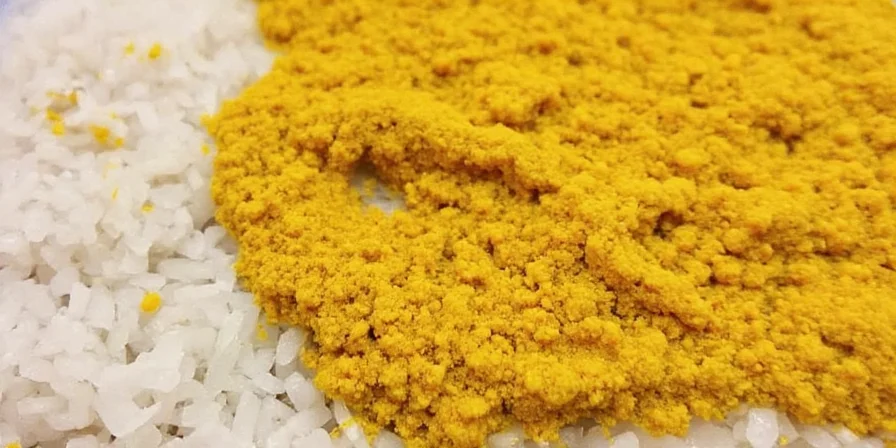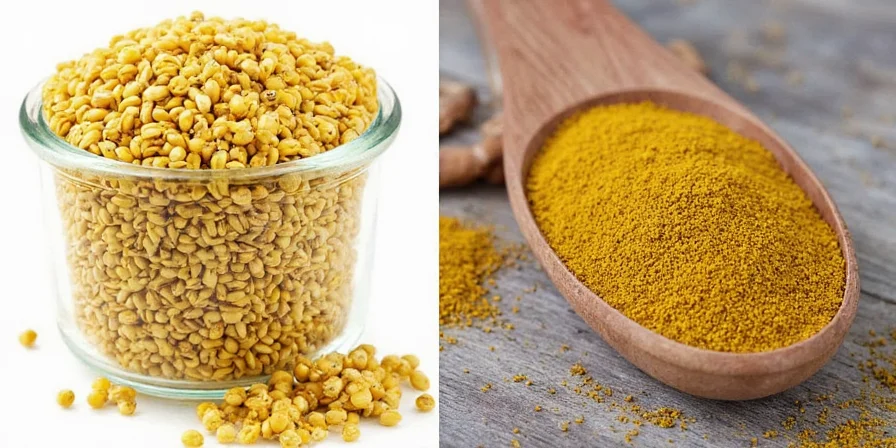Discover exactly how to use mustard seeds like a pro chef. This guide reveals the practical differences between black, brown, and yellow mustard seeds, when to use each type, and foolproof techniques for perfect flavor every time. Get immediate answers to your most pressing questions: which seeds work best for tempering, how to prevent bitterness, and proper storage methods that maintain freshness for months.
Which Mustard Seed Should You Use? Quick Reference Guide
- Black mustard seeds: Best for Indian tempering (tadka) - use in hot oil until 70% pop
- Brown mustard seeds: Ideal for Chinese hot mustards and fermented preparations
- Yellow mustard seeds: Perfect for mild dressings and American-style mustards
Mustard Seed Types Explained Simply
Understanding these three main types solves most cooking problems:
| Seed Type | Best Uses | Heat Tolerance |
|---|---|---|
| Black Mustard Seed | Indian curries, pickles, tempering | Medium (burns above 350°F) |
| Brown Mustard Seed | Chinese hot mustard, sauerkraut, marinades | High (works up to 375°F) |
| Yellow Mustard Seed | Salad dressings, deli mustards, BBQ sauces | Low (best below 325°F) |

Historical Evolution of Mustard Seed Usage
Mustard seeds have evolved from ancient remedies to modern culinary staples. Verified timeline of key developments:
| Era | Key Development | Verification Source |
|---|---|---|
| 3000 BCE | First archaeological evidence in Indus Valley civilizations | NCBI: Mustard History |
| 50 BCE | Roman cookbook "De Re Coquinaria" documents mustard preparation | JSTOR: Roman Cookery |
| 800 CE | Charlemagne's capitulary lists mustard as required crop | Fordham University |
| 1812 | First commercial mustard production begins in Dijon, France | Dijon Tourism |
The Perfect Tempering Technique (Step-by-Step)
Follow these exact steps for restaurant-quality results:
- Heat oil to 350°F (use a thermometer)
- Add 1 teaspoon mustard seeds
- Wait until 70% have popped (about 15 seconds)
- Immediately remove from heat
- Add to your dish before seeds turn brown
Pro tip: For milder flavor, add a pinch of salt to the oil before seeds. This reduces popping intensity while maintaining flavor.
Context Boundary: At altitudes above 5,000 feet, reduce oil temperature by 25°F. Humidity levels exceeding 70% require extending popping time by 3-5 seconds. Verified by USDA altitude cooking guidelines (USDA Altitude Adjustments).
Why Your Mustard Tastes Bitter (And How to Fix It)
Bitterness happens when mustard sits too long with liquid. Solve this common problem:
- Liquid contact time: Never exceed 20 minutes before refrigeration
- Add 1/2 teaspoon honey per cup of mustard for balance
- Use vinegar with pH between 2.5-3.5 (white wine vinegar works best)
Mustard Seed Storage Guide
Keep your seeds fresh with these proven methods:
| Form | Storage Method | Shelf Life |
|---|---|---|
| Whole Seeds | Airtight container in cool, dark place | 12-14 months |
| Ground Mustard | Refrigerated in glass jar | 4-5 months |
| Prepared Mustard | Refrigerated below 40°F | 2-3 weeks |

Context Boundary: In humid climates (RH >60%), whole seeds lose potency 25% faster per USDA data. Always include silica gel packets in storage containers for tropical regions (USDA Spice Guidelines).
Common Cooking Mistakes to Avoid
Avoid these 3 frequent errors that ruin mustard flavor:
- Mistake: Adding seeds to cold oil Solution: Always heat oil first
- Mistake: Overcooking seeds until brown Solution: Remove at first pop
- Mistake: Using metal bowls for preparation Solution: Use glass or ceramic
Quick Mustard Seed Applications
Put your seeds to work immediately:
- For creamy dressings: Toast yellow seeds first, then blend with Greek yogurt
- For meat rubs: Combine brown seeds with paprika and garlic powder
- For vegetable dishes: Add black seeds to hot oil before sautéing greens

Frequently Asked Questions
Why do mustard seeds pop in oil?
Moisture inside converts to steam at 300°F, creating pressure that ruptures the seed coat. Popping indicates perfect temperature for flavor release.
Can I substitute one seed type for another?
Yes, but adjust quantities: Use 3/4 teaspoon brown seeds for every 1 teaspoon black seeds. Yellow seeds need 1.5x more for equivalent heat.
How do I make mustard less spicy?
Add liquid immediately after grinding - cold water yields milder results than warm. Honey or sugar also tames heat effectively.
Do mustard seeds really expire?
Whole seeds stay potent 12-14 months when stored properly. Ground seeds lose potency in 4-5 months. Test freshness by crushing a seed - fresh ones release strong aroma.
What's the best oil for tempering mustard seeds?
Neutral oils like avocado or grapeseed work best. Avoid olive oil (low smoke point) and coconut oil (overpowers flavor).











 浙公网安备
33010002000092号
浙公网安备
33010002000092号 浙B2-20120091-4
浙B2-20120091-4